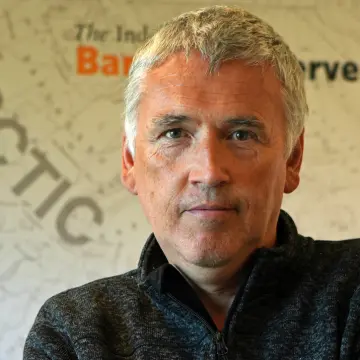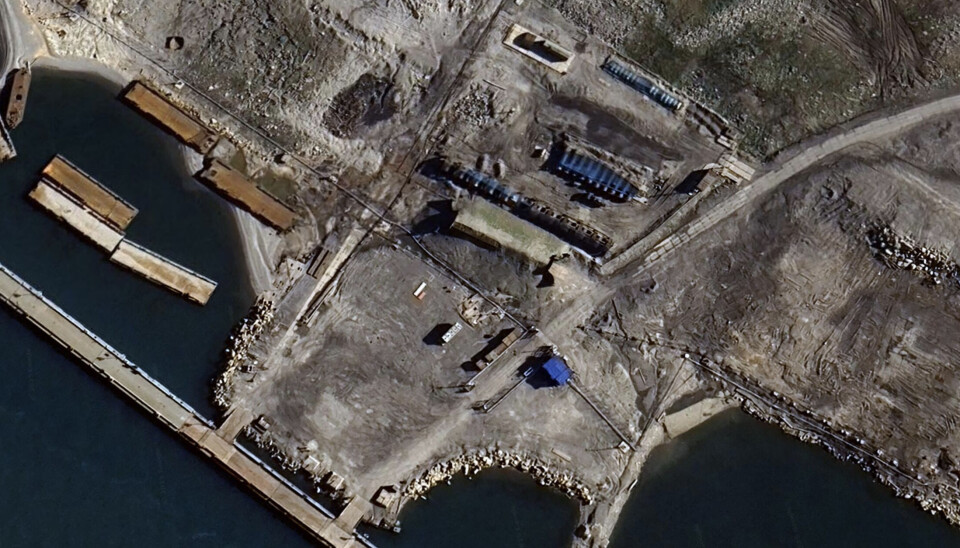
Russia puts drone nets on fuel tanks at faraway Arctic nuclear test site
The rapid development of long-distance war drones has scared Russia into installing protection nets much further away from the front line than any drone has reached so far. The nuclear test site at Novaya Zemlya is more than 2,500 kilometres north of Ukraine.
Long-range strikes against oil refineries and legitimate military targets have become routine for Ukraine, especially at a range of up to 1,000 kilometres into Russian territory. A few drones have also reached above the Arctic Circle, including several attacks on the Olenya air base in 2024 and 2025.
The record-breaking distance came in August when a drone made a hit at the “Voronezh-M” radar complex in the Orenburg Oblast, some 1,800 km from Ukraine's border.
Novaya Zemlya is as far away from the Ukraine border as you can get in the European part of the Russian Arctic.
Google Earth has recently updated imagery for the archipelago, making it possible to study details on the ground for the first time from an online non-commercial satellite imagery source.
The images from Severny, taken on August 14 this year, clearly show how the three rows of fuel tanks supplying the settlement now are covered with blueish metal nets. These nets - known as "cope cages" - are aimed at stopping drones from exploding on the tanks, and by that means preventing the fuel itself from igniting.
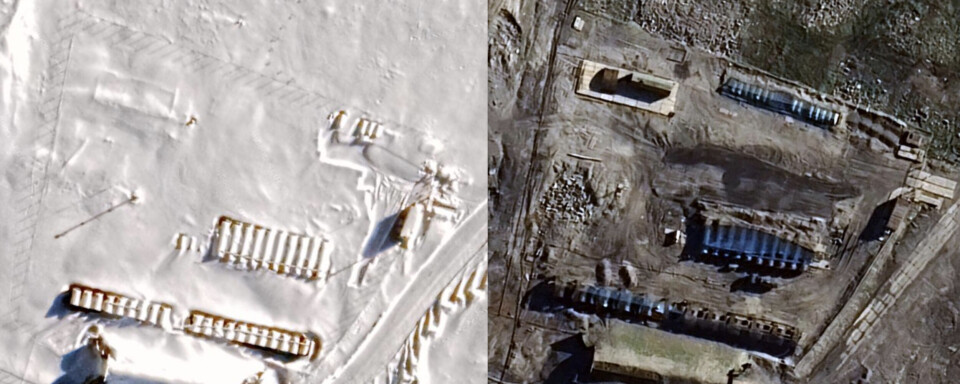
The fuel tanks close to the port store gasoline for the vehicles used at the nuclear test site. Closer to the centre of the settlement are some larger tanks with heavy fuel oil, used for the central heat and electricity unit. They are not covered with nets. Nor are the few tanks for aviation fuel at the helipad next to the town.
The blue-coloured metal nets are similar to what is seen covering fuel tanks at other military facilities in Russia, like at the Olenya air base south of Murmansk as previously reported by the Barents Observer.
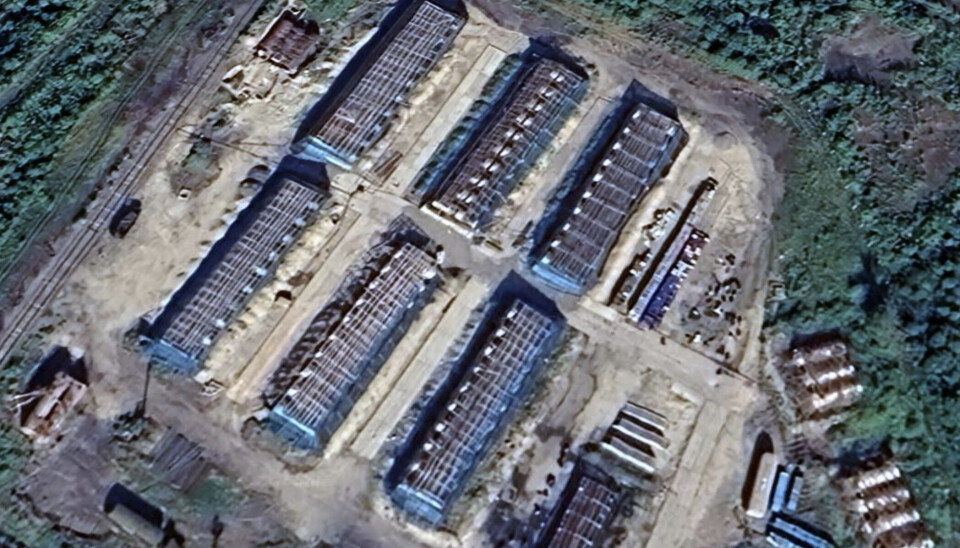
In August this year, Ukraine revealed its new FP-5 Flamingo, a cruise missile that allegedly has a range of up to 3,000 kilometres, making Novaya Zemlya well within reach.
Russia knows that there are people in Ukraine with first-hand knowledge about the nuclear test site on the shores of the Matochkin Strait.
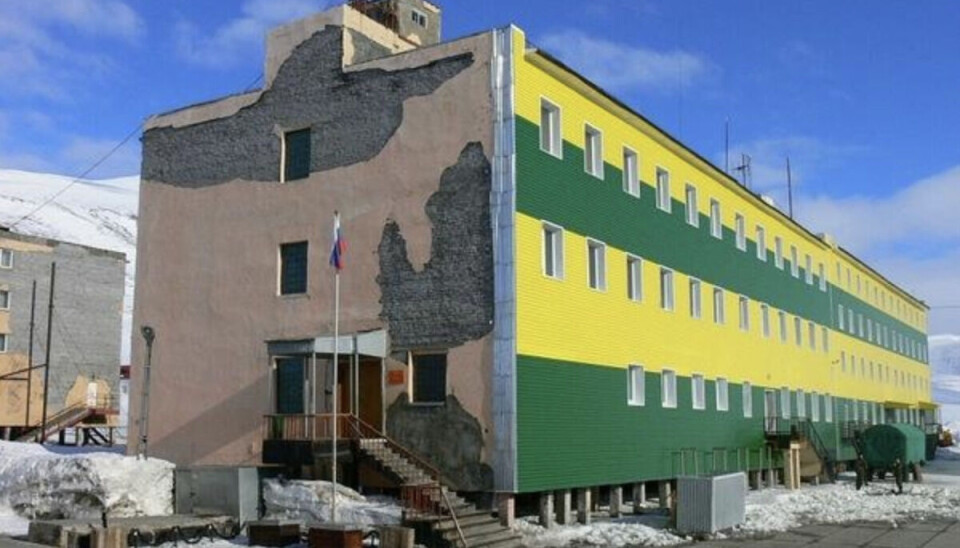
It was a Ukrainian mining brigade that during Soviet times made the shafts into the mountains where underground nuclear bomb tests were carried out between 1964 and 1990. For this reason, the hotel in Severny was named Hotel Ukraina.
Severny is one of Russia's most secret military towns.
Former Defence Minister Sergei Shoigu visited the test site in August 2023 together with Rosatom General Director Alexei Likhachev.
Although the two last real nuclear bombs were exploded underground in October 1990, the main activity today is related to sub-critical experiments taking place in a shaft complex 3 km south of the settlement.
There is also one tunnel in the valley ready and one more under construction, if Moscow one day should decide to resume nuclear testing.
Vladimir Putin officially withdrew Russia’s ratification of the Comprehensive Test Ban Treaty (CTBT) in November 2023.
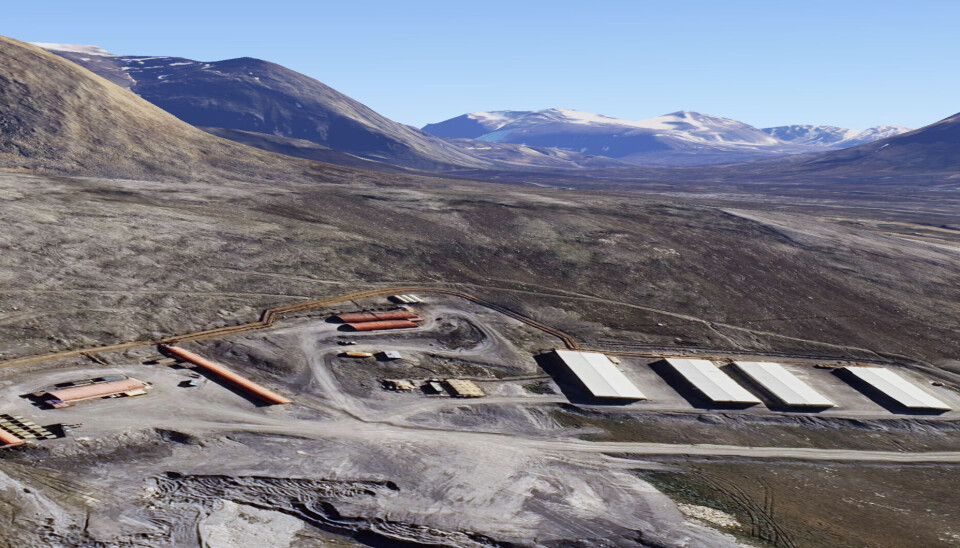
A total of 132 nuclear and thermonuclear weapon tests are conducted at Novaya Zemlya since 1955, including the 1961 Tsar bomba, the world’s largest ever exploded.
All activities at Severny are supervised by the Defence Ministry's 12th Main Directorate, responsible for safe-keeping, technical maintenance, transportation and delivery of nuclear warheads. The directorate is one of Russia’s most secretive military structures.
On Novaya Zemlya, the 12th directorate cooperates with the nuclear weapon designers of Rosatom, the state corporation that produces Russia's plutonium and highly enriched weapons-grade uranium.

